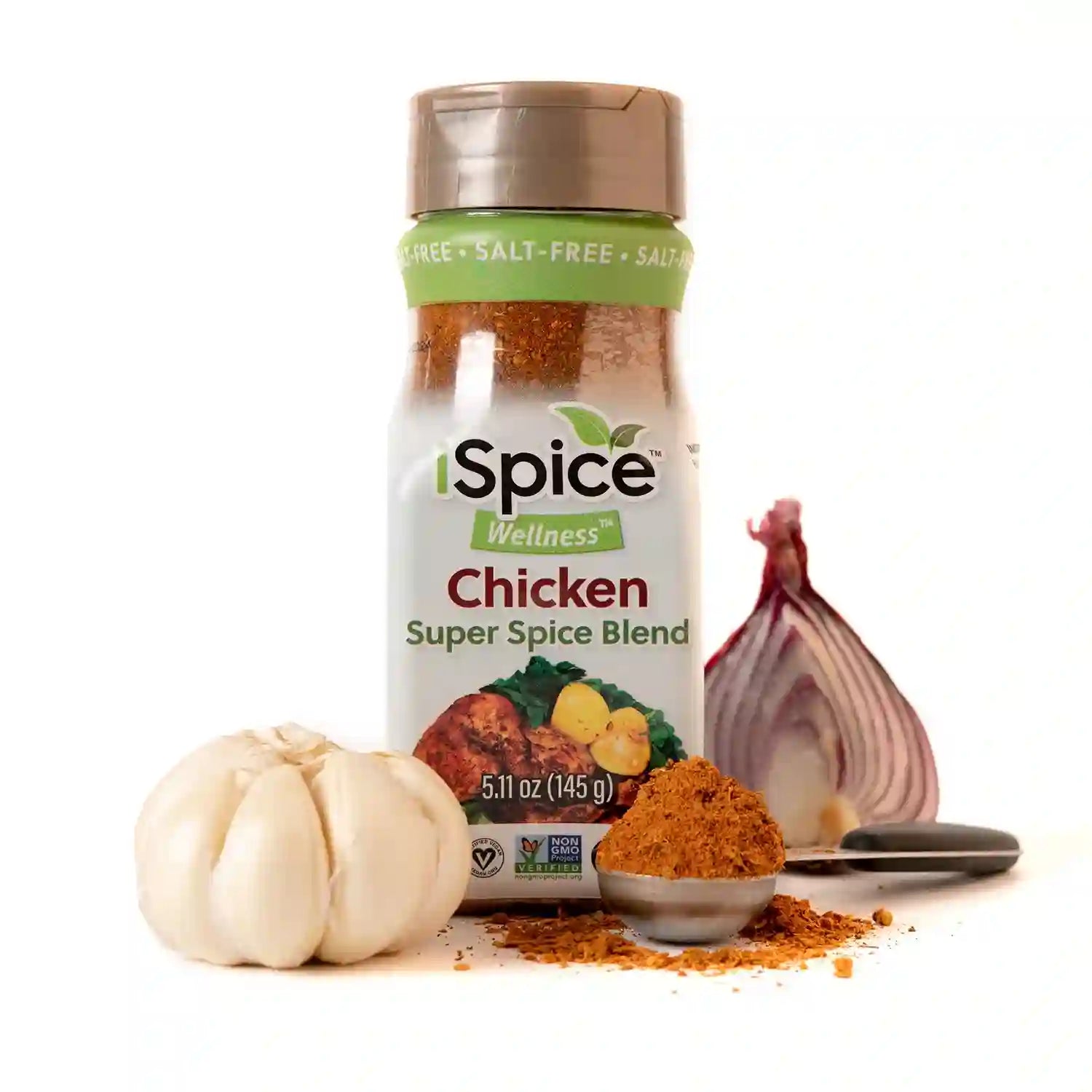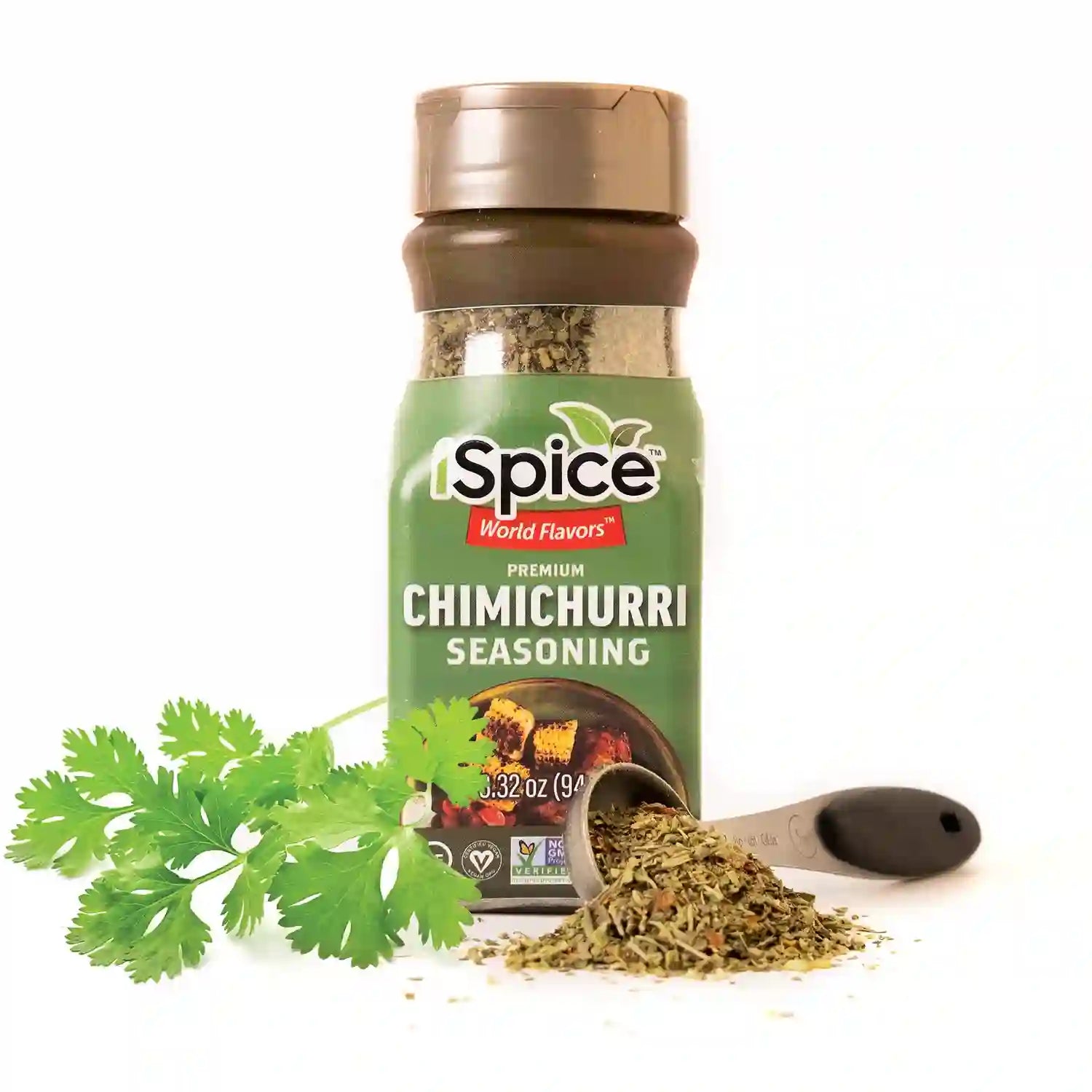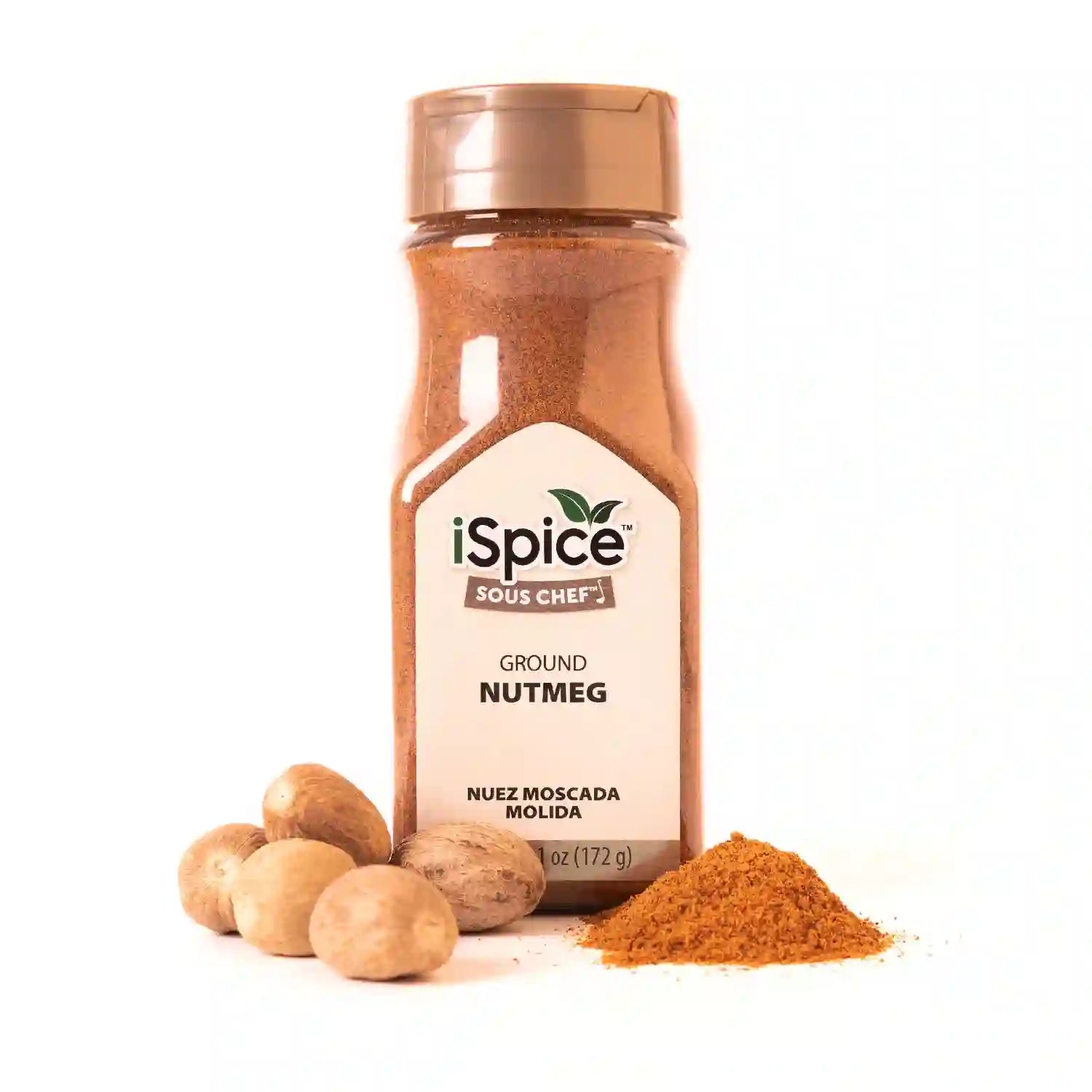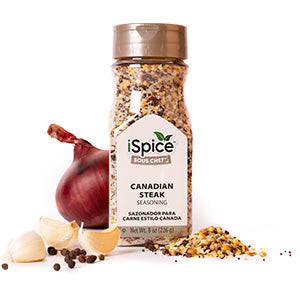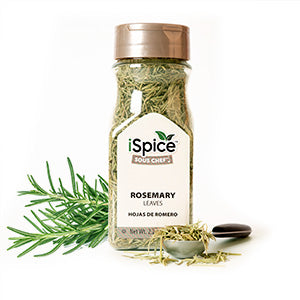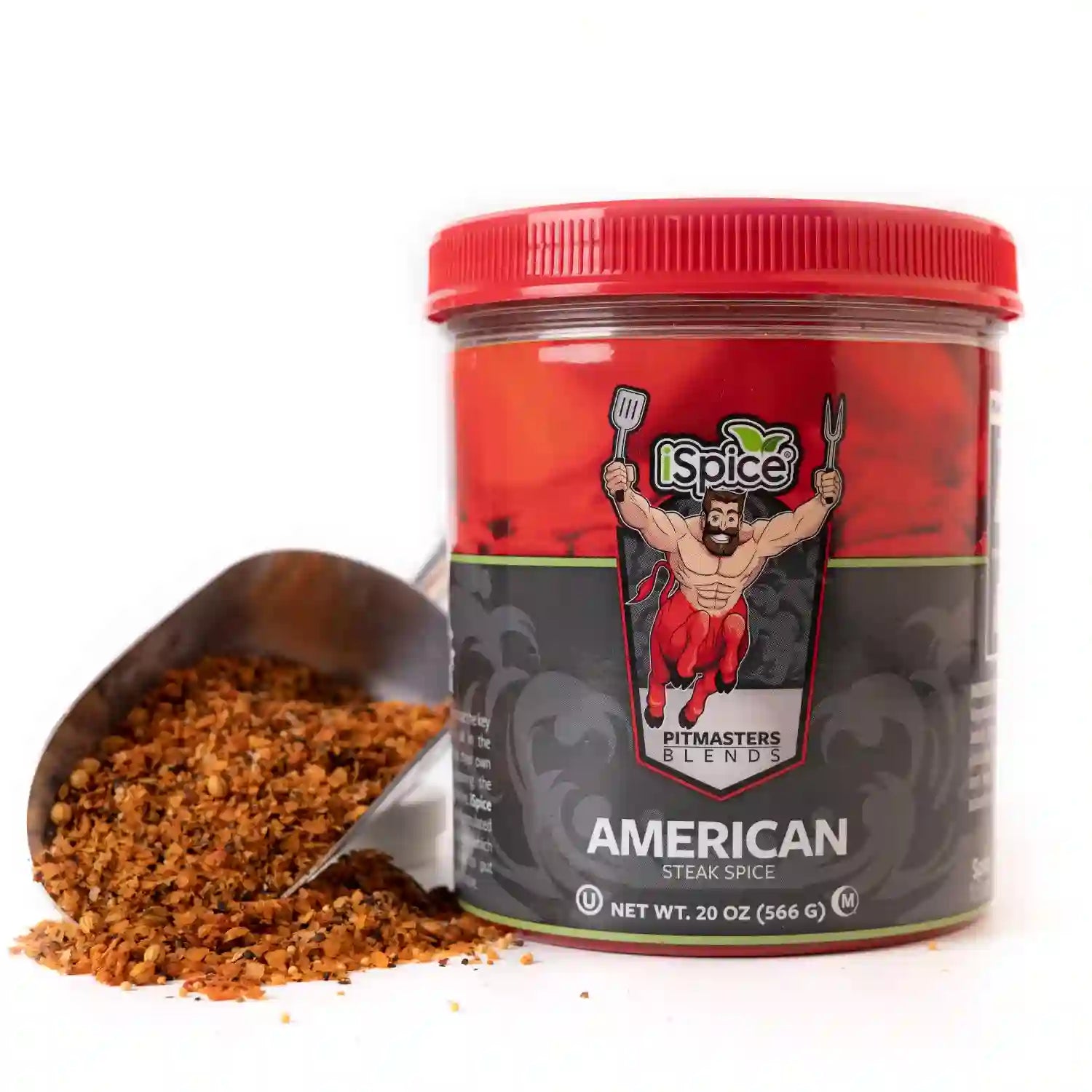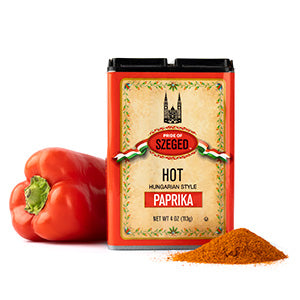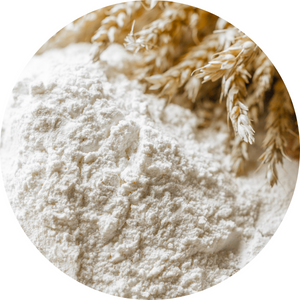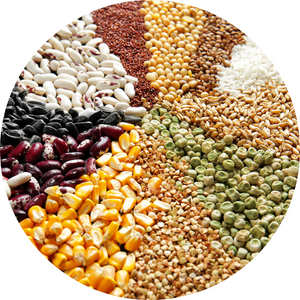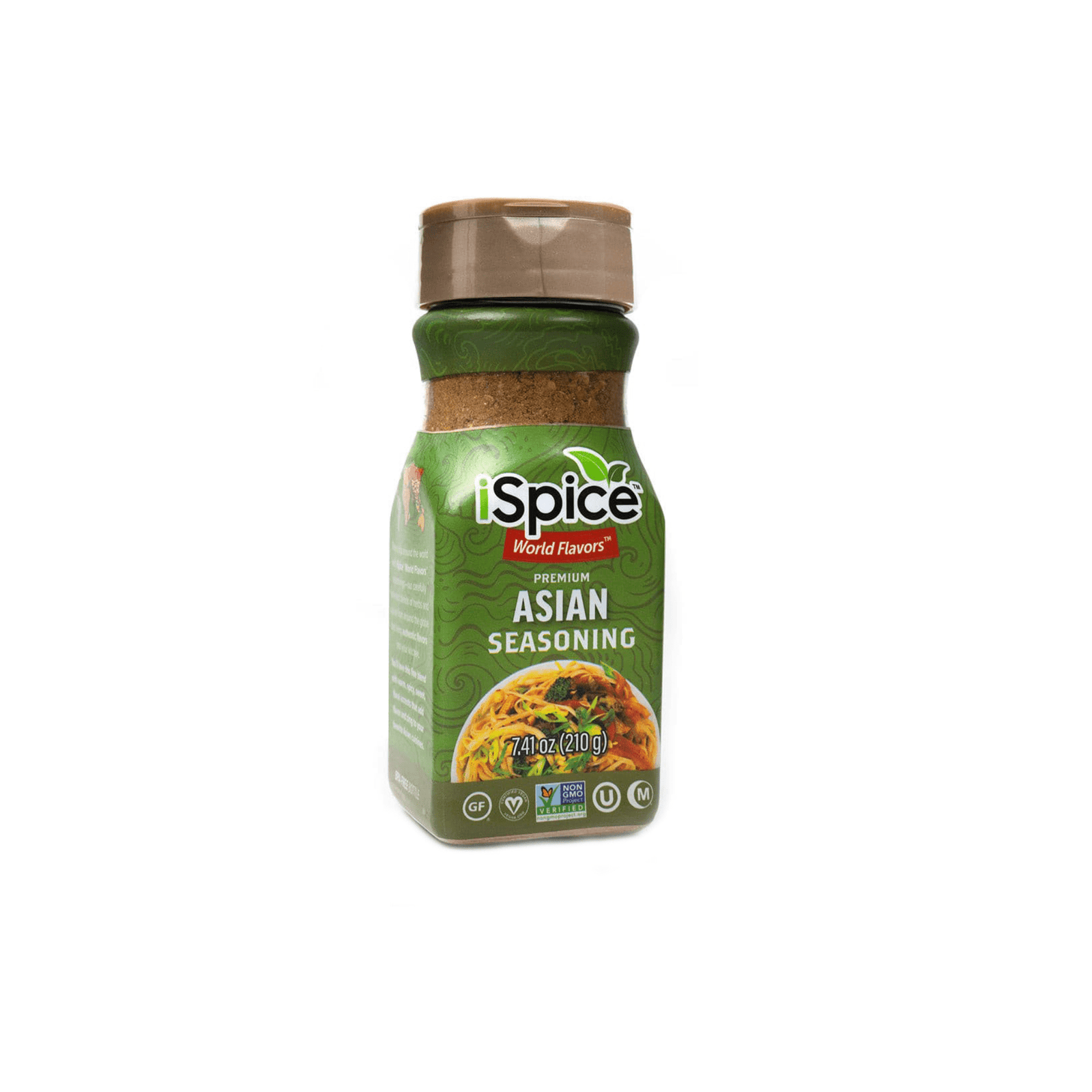Anise, or Pimpinella anisum, is also called aniseed. It is a flowering plant in the Apiacaea family and is native to the eastern Mediterranean region and Southwest Asia. Its flavor is similar to other spices, including fennel and liquorice. Anise is used to flavor food, alcoholic drinks, liquor, teas, soups and candies and it is served as a carminative in herbal medicine. Anise is sweet and very aromatic.First cultivated in Egypt and the Middle East, anise was brought to Europe for its medicinal value. It has been used for medicinal use throughout history, and was given the name Solamen intestinorum—the comforter of the bowels. The Romans often ate anise-spiced cakes, known as mustaceoe, to avoid indigestion and flatulence. In the 1800s, Germans believed so strongly in the medicinal value of the spice they flavored their household bread with whole anise seed. It also has a reputation for soothing coughs and muscle affections.Anise is one of the oldest known seeds, and in Biblical times it was considered so valuable it was used as payment for tithes, offerings and taxes. The ancient Romans hung anise plants near their pillows to prevent bad dreams and often concluded wedding ceremonies with the breaking of a wheat or barley cake containing anise over the bride’s head as a symbol of good fortune.
Alert: While spices can have many beneficial properties for health, using them for medical purposes should be done under the guidance and supervision of a healthcare professional or specialist. Some spices may interact with medications or cause adverse reactions in certain individuals, and it is important to use them safely and appropriately. If you are considering using spices for a medical condition, it is important to consult with a healthcare professional before doing so.

